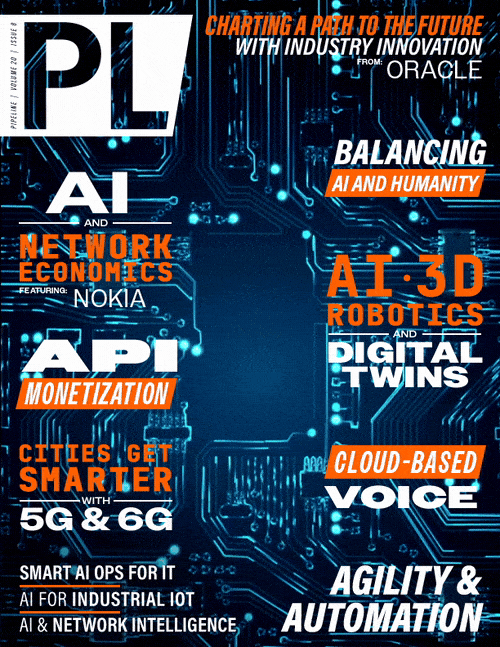Man, Nature and Machine
The civilian manufacturing workforce peaked in 1979 when one out of every five non-military workers worked in a private factory. Since then, automation and offshoring have eliminated many positions. In 2023, only one out of eleven workers worked in a civilian factory. The pattern is similar in other parts of the world but with a delay. China, India, and Latin America have recently experienced industrial transformation, while countries like Vietnam and Indonesia are just beginning their journey. This delay has created opportunities for more developed nations to take advantage of those that are less developed. Today, most of our work is part of a complex system, even when it is done individually. A software engineer has to write code that has to fit into a jumble of millions of lines of code written by people far away in time and place. While most of us do not have to work at the pace of a machine or on assembly lines, our schedule must accommodate others and enable the group to meet its deadline. While we may not have supervisors looking over our shoulders — or are able to work remotely — spying software counting the clicks of keyboards on our individual computers is omnipresent in many workplaces, and the outcome of our work is highly dependent on what others do. As machines (or AI) take on more and more responsible for coordinating work, it is conceivable that they will become our supervisors and managers. We are still only a cog in a large and complex machine, driven perhaps someday by other machines.
The loss of autonomy, along with long hours and lack of work security, has been cited as one of the major causes of burnout today. Unlike factory workers who work alongside each other and have a chance to organize, remote workers of today are divided. We no longer have the proverbial water cooler to gather around. That deprives us of the opportunity to bond, discuss mutual grievances, or learn from each other.
Another feature of the preindustrial world was the closeness of production to consumption which simplified the supply chain. Farmers used what they produced and sold the leftovers directly to others or to shopkeepers elsewhere, often at weekly markets. (This phenomenon can still be seen in places like Vietnam where farmers in the boats in floating water markets sell to both individuals and wholesalers who take their produce to the cities.) Craftspeople often ran their own stores. In the cities, people shopped in neighborhood markets. Commercial dependance on neighbors generated a mutual obligation and improved quality. You could expect pebbles in your bread if you sold faulty shoes to your local baker. It helped if you both attended the same church, mosque or synagogue or were members of the same society, such as a Rotary club. People often married within the neighborhood. Mutual dependency created trust.
Today, what you buy may have come from the other side of the world. This increases consumer choice and lowers costs, but it can encourage shoddy merchandise. A factory owner in China doesn't have to provide you with good quality goods promptly to be reciprocated. His only incentive is to make as much money off you as possible. The upshot is the rise of the power of middlemen. From Sears-Roebuck to Amazon, they have managed and controlled the complicated supply chain and negotiated with the sellers. They determine what we buy. We put our trust in them to bring us the merchandise. They can and do use their monopoly power to buy cheaply and sell expensively, or even replace another seller’s brand with their own and take away their market power.
Automation has enabled us to feed the population with the labor of very few — today only two percent of the US workforce are farmers. But it also has eroded our autonomy and bonds with local merchants and our neighbors. What will happen next? Will we allow the trend to continue, or we will find a way to use technology to rebuild our communities?
To be sure, there are hopeful signs. People try to buy locally, becoming members of food coops and shopping at local markets. In workplaces, white-collar workers are forming unions. Etsy is thriving. Book clubs are everywhere. Young people are taking a break from smartphones. But we need to do more. We need to enable discussions and dialogue to enact laws and regulations and promote ways to build trust. We need to support worker autonomy and creativity. After all, as social animals, we need others, even in paradise.



















